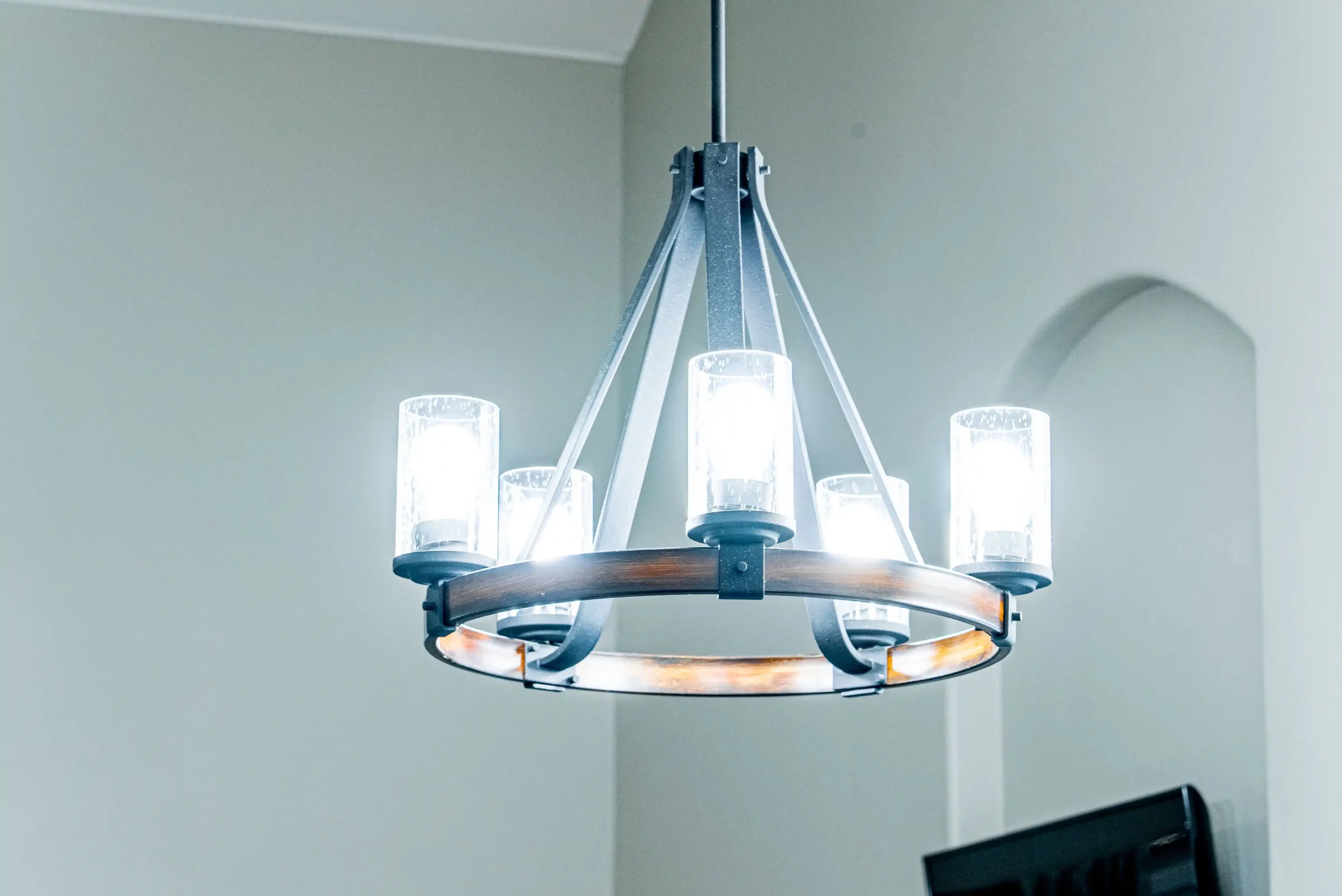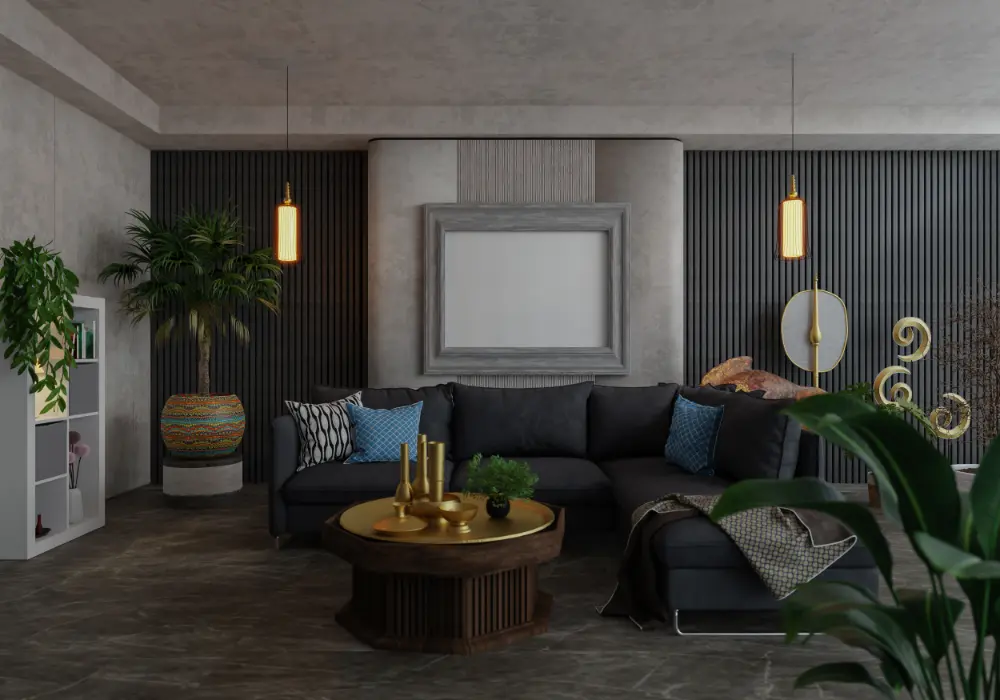The complexity of municipal and national energy regulations may be intimidating. How can you verify your lighting designs meet local and national energy codes? We’ll help to demystify this challenge with practical tips from our experts. From understanding key standards like ASHRAE/IES 90.1 to integrating advanced lighting controls, we’ve got it covered.
You’ll discover how IECC 2018 compliance paths can accelerate your projects and satisfy interior and exterior regulations. By using occupancy sensors and daylight-responsive devices, energy savings are attainable and achievable.
Why go into the details, you ask? Following these principles helps you comply with regulations, save costs, and protect the environment, benefiting both businesses and households.
Navigating Energy Codes for Lighting Design
Diving into the complex web of both local and national energy regulations is key for crafting light designs that shine within legal boundaries. But don’t worry. With a bit of know-how, you can make sure your designs are both beautiful and compliant.
Understanding ASHRAE/IES 90.1 and IECC Standards
The ASHRAE/IES 90.1-2016 set by the U.S Department of Energy in 2018 serves as a cornerstone for energy efficiency in commercial buildings. To really get into the nitty-gritty on energy-saving practices, take a plunge into ASHRAE’s comprehensive materials. On the flip side, when it comes to homes or business places, the blueprint for energy saving is usually mapped out by the International Energy Conservation Code (IECC), which illuminates paths from broad lighting schemes, down to particularized directives for managing various areas. Get acquainted with these standards at IECC’s official site.
Compliance Paths Under IECC 2018
In 2018, the IECC introduced diverse methods to regulate indoor lighting, from individual fixture adjustments to sophisticated systems for remote management, enhancing energy efficiency and conservation. In the process of either updating an old structure or laying out plans for a new one, grasping these avenues equips architects with the tools to introduce cutting-edge designs that adhere closely to rigorous regulatory requirements.
Implementing Effective Lighting Controls
Integrating Occupancy Sensors in Key Areas
Warehouse and open office occupancy sensors save energy like ninjas. They discreetly reduce lighting usage by shutting off lights 20 minutes after leaving. These sensors work like an unseen hand flipping the switch when you leave a room. This is not merely to lower your energy expenses (though that’s important). It’s also about meeting IECC criteria to ensure each unit of energy is used properly and without waste.
Embracing Daylight-Responsive Technologies
In spaces blessed with ample sunlight, daylight-responsive controls can be game-changers. These smart systems adjust indoor lighting based on natural light availability, making sure artificial lights dim or brighten to maintain optimal light levels without wasting energy.
Mandated in certain zones by building codes, these technologies not only optimize natural light usage but also significantly contribute to energy savings. To dive deeper into how daylight-responsive controls work alongside other control mechanisms for efficiency gains, EnergyCodes.gov offers comprehensive insights.
Benefits of Complying with Energy Codes
When it comes to lighting design, sticking to the script—meaning local and national energy codes—not only keeps you on the right side of the law but also slashes those hefty utility bills. Imagine your space as a lean, green, energy-saving machine; that’s what compliance can do.
Maximizing Energy Savings
Saving energy can seem complicated and requires careful attention and a commitment to innovation. The reward? Not just compliance- also a huge reduction in long-term costs.
This goes beyond turning off lights in vacant rooms and using LED bulbs, though both assist. This means using cutting-edge technologies like workplace sensors that detect presence or lighting systems that adapt depending on sunshine.
The current commercial building energy regulations govern interior lighting power allowances and general lighting management in various zones. These measures ensure that every bit of energy is used properly to light up areas, reducing waste.
Being code-compliant isn’t just checking boxes; it’s taking a proactive strategy that supports environmental sustainability and boosts your bottom line via energy savings.
Conclusion
In energy efficiency, following new building energy regulations can be difficult and confusing. How do you ensure that your lighting designs comply with local and national energy codes and regulations? Make sure to check the federal and local codes for your area (and we shared a few links to make that easier), and above all else, rely on our team of experts to help.
Keep in mind, weaving intelligent tech into your plans can slash running expenses and expand your push for eco-friendliness. So, start making those informed choices now to ensuring your project shines brightly and efficiently tomorrow. Looking for more specific tips for your project? Schedule a complimentary consultation with one of our designers today.













